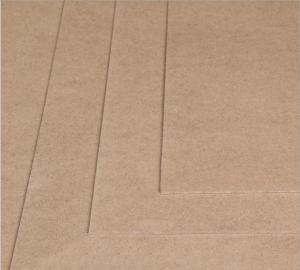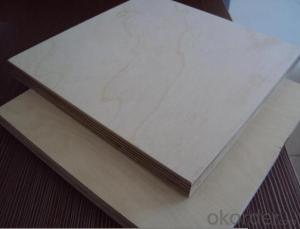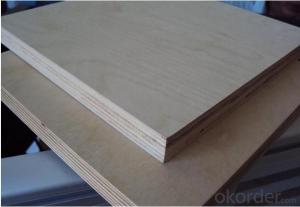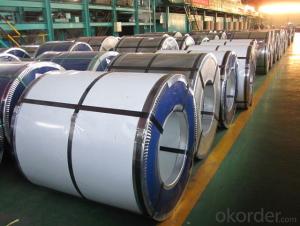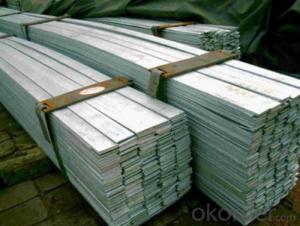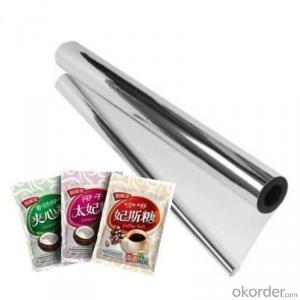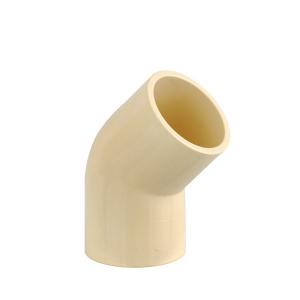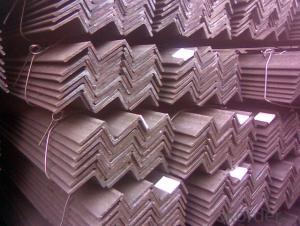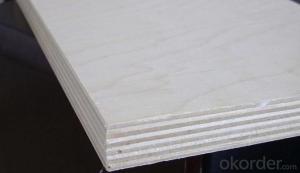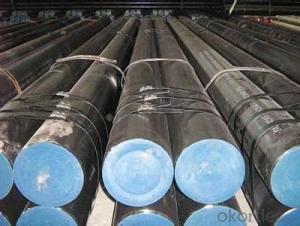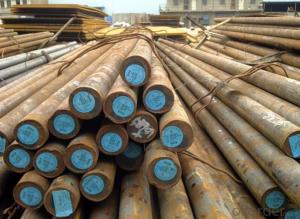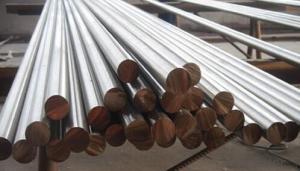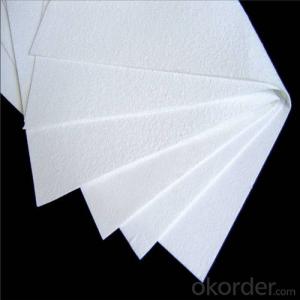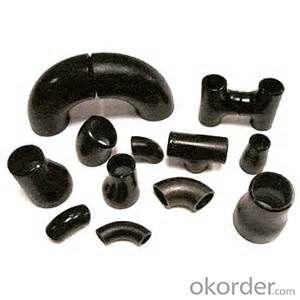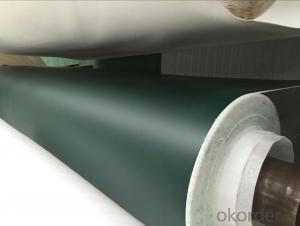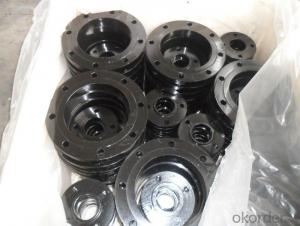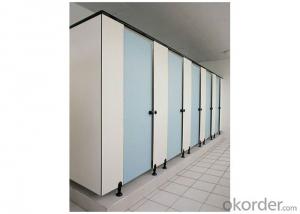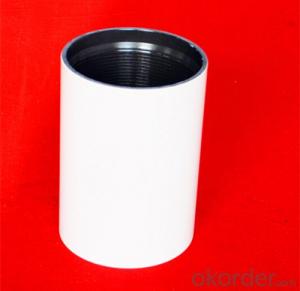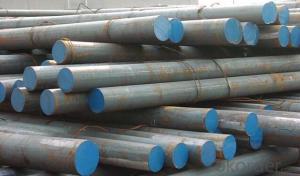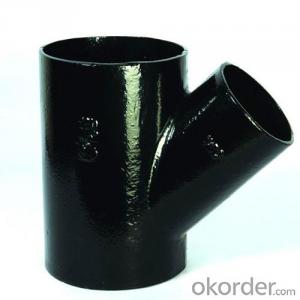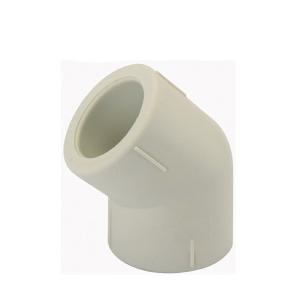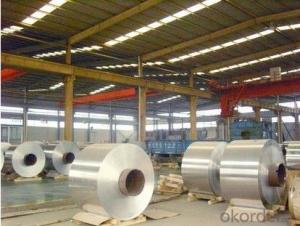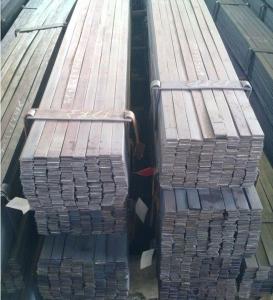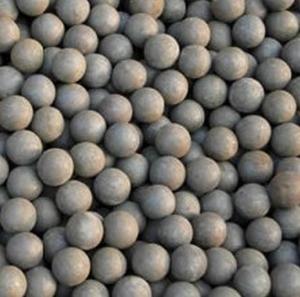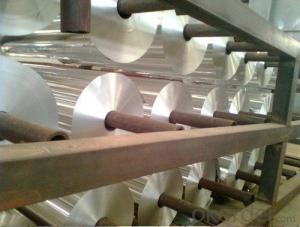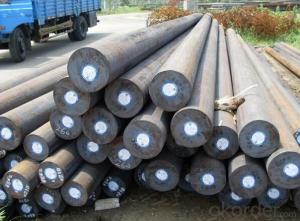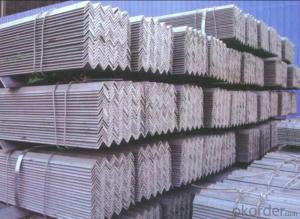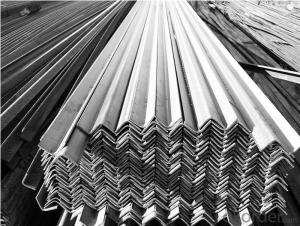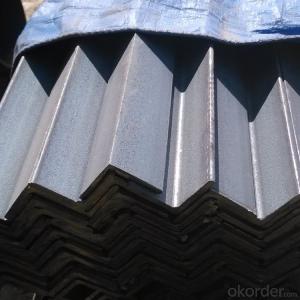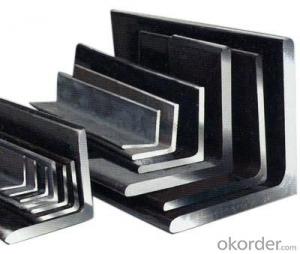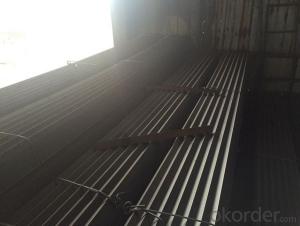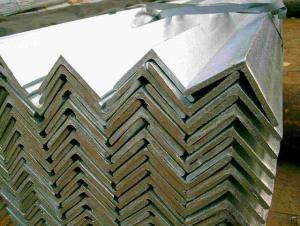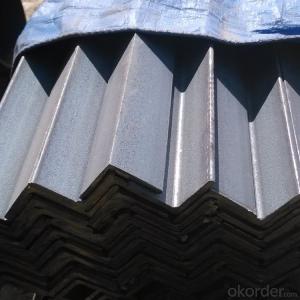Astm A536 Grade 65 45 12
Astm A536 Grade 65 45 12 Related Searches
Plywood In Dubai 1 4 Inch Exterior Grade Plywood Industrial Grade Carpet White Plywood Sheets 6 X 4 Plywood Sheets Astm A536 Grade 65 45 12 Roofing Plywood Sheets Furniture Packaging Materials Grade 80 Rebar 1.5 Inch PlywoodHot Searches
Used Foam Board Insulation For Sale Magnesium Oxide Board For Sale Hdf Board For Sale sintra board for sale High Mast Light Price List Solar High Mast Light Specification Gypsum Board Price Per Sheet In India High Mast Light Specification High Density Mdf Board Suppliers 5 8 Type X Gypsum Board Price Stage Light Price Solar Inverter Fault Light Polyurethane Insulation Board Price Mdf Price Per Sheet Pre Laminated Board Price List 4Mm Mdf Sheet 1220X2440Mm Price Led Light Manufacturers Solar Inverter Pcb Board 6Mm Mdf Board Price 18Mm Ply Board PriceAstm A536 Grade 65 45 12 Supplier & Manufacturer from China
Okorder.com is a professional Astm A536 Grade 65 45 12 supplier & manufacturer, offers integrated one-stop services including real-time quoting and online cargo tracking. We are funded by CNBM Group, a Fortune 500 enterprise and the largest Astm A536 Grade 65 45 12 firm in China.Hot Products
FAQ
- There are several different surface finishes available for steel angles, depending on the desired aesthetic and functional requirements. Some of the most common surface finishes for steel angles include: 1. Mill Finish: This is the most basic and untreated finish, which is obtained directly from the mill without any additional treatment. It has a rough and dull appearance, with visible mill scale and imperfections. 2. Hot-dip Galvanized: In this process, the steel angle is immersed in a bath of molten zinc, which forms a protective coating on the surface. This finish provides excellent corrosion resistance, making it suitable for outdoor and marine applications. 3. Powder Coated: Powder coating involves applying a dry powder to the steel angle and then curing it through heat, forming a durable and smooth finish. It offers a wide range of color options and provides good corrosion resistance and aesthetics. 4. Painted: Steel angles can be painted using various types of paint, such as enamel, epoxy, or acrylic. This finish not only enhances the appearance but also provides some level of protection against corrosion. 5. Stainless Steel: Steel angles can be made from stainless steel, which has a natural, corrosion-resistant surface finish. Stainless steel angles are commonly available in a brushed or polished finish, which provides a clean and shiny appearance. 6. Galvannealed: This is a specialized surface finish that involves galvanizing the steel angle and then heat treating it to form a matte, grayish finish. It offers good corrosion resistance and paint adhesion, making it suitable for applications requiring both. These are just a few of the different surface finishes available for steel angles. The choice of finish will depend on factors such as the intended use, environment, and desired appearance of the steel angle.
- Steel angles are not known for their sound insulation properties. Due to their rigid and dense nature, steel angles have little ability to absorb or dampen sound waves. This means that they do not provide significant sound insulation on their own. However, when used in combination with other materials such as acoustic insulation, steel angles can contribute to the overall sound insulation of a structure. Additionally, the thickness and design of the steel angles can also have an impact on their sound insulation performance. Overall, while steel angles may not offer exceptional sound insulation properties, they can still play a role in improving the overall soundproofing of a building when used in conjunction with other soundproofing materials.
- Steel angles have been specifically engineered to possess a remarkable level of durability and resistance towards severe weather conditions. Due to their exceptional strength and ability to endure harsh environments, they are commonly employed in construction and structural applications. When confronted with extreme weather events such as hurricanes, heavy snowfall, or strong winds, steel angles offer exceptional protection against these elements. The superior tensile strength of steel angles plays a pivotal role in their performance during extreme weather conditions. Their capacity to withstand significant loads and forces without distorting or fracturing makes them an ideal choice for enduring severe weather events. Moreover, steel angles are well-regarded for their outstanding resistance towards corrosion, a crucial attribute in areas characterized by high humidity, saltwater, or acidic surroundings. Another noteworthy aspect of steel angles is their remarkable versatility, as they can be easily fabricated and tailored to meet the specific requirements of a project. This adaptability ensures their suitability for a wide array of applications, including buildings, bridges, towers, and other structures that are exposed to extreme weather conditions. Furthermore, steel angles can be coated or treated to further enhance their resistance towards adverse weather conditions. For instance, the application of a galvanized coating can furnish additional protection against rust and corrosion, thereby prolonging the lifespan of the steel angles, even under the harshest weather conditions. In conclusion, steel angles have been meticulously designed to deliver exceptional performance in extreme weather conditions. Their remarkable tensile strength, corrosion resistance, and versatility establish them as a dependable choice for structures necessitating the ability to withstand hurricanes, heavy snowfall, strong winds, and other challenging weather events.
- Yes, steel angles can be used in agricultural applications. They are commonly used in the construction of buildings, fences, and equipment in the agricultural industry due to their strength, durability, and versatility.
- Machine frames can indeed utilize steel angles. Thanks to their robustness and longevity, steel angles are frequently employed in construction and engineering ventures. By offering structural reinforcement and stability, they guarantee the steadfastness and resilience of machine frames, even when faced with heavy loads and vibrations. Welding or bolting steel angles together enables the creation of unyielding and steady frames, rendering them a superb option for machine frames that demand exceptional strength and stability. Moreover, steel angles are readily obtainable in diverse sizes and thicknesses, granting the freedom to tailor and personalize machine frames to meet precise specifications.
- No, steel angles are not typically used for electrical conduits or cable trays. These applications usually require specialized materials and designs that are specifically engineered for electrical installations to ensure safety and efficiency.
- Yes, steel angles can be used for support columns. Steel angles offer excellent structural support and can be used to provide stability and strength to support columns in various construction and engineering applications. The angled shape of the steel angles helps distribute the load and provide additional rigidity to the support columns.
